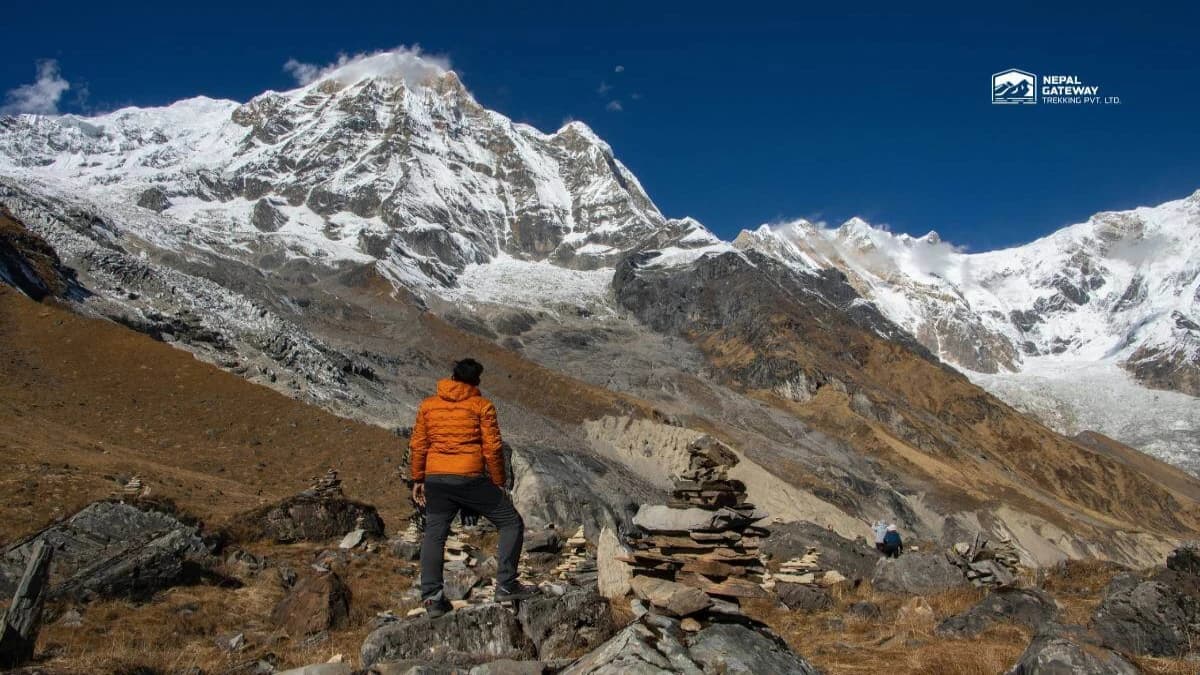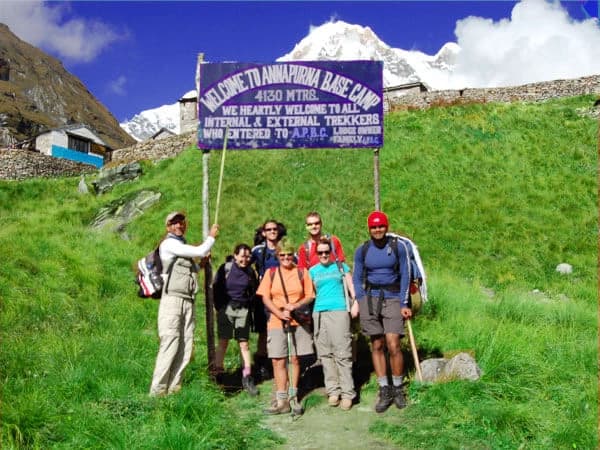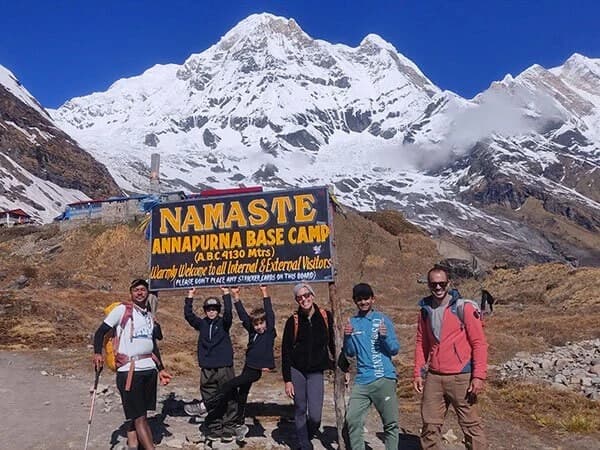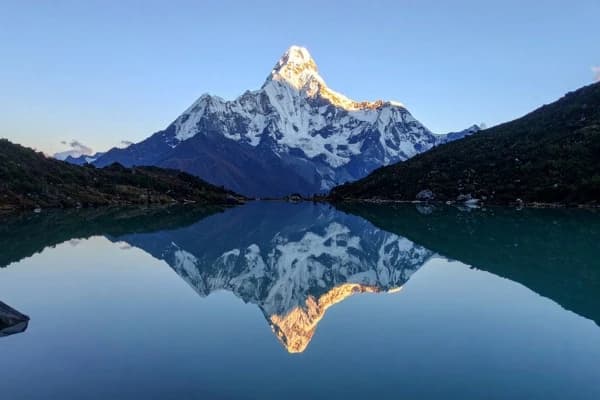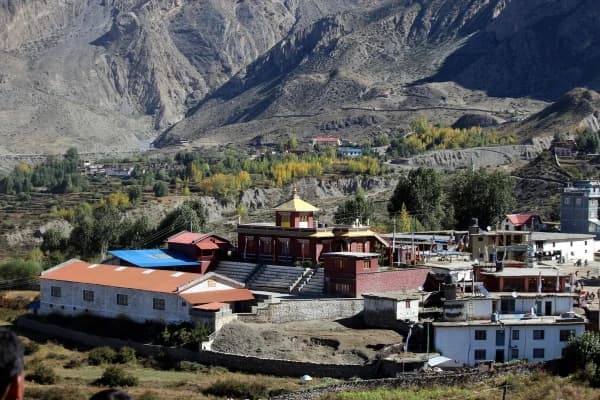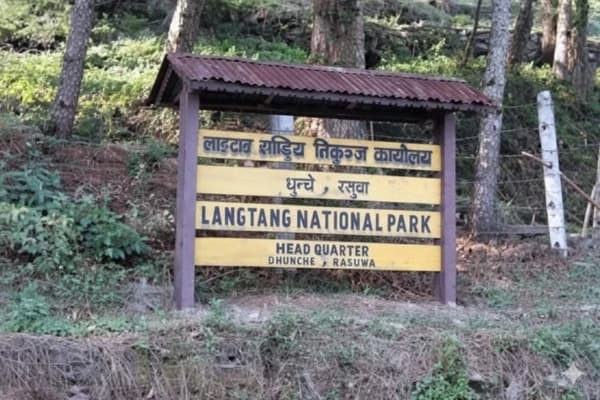Trekking to Annapurna Base Camp is one of those dream adventures that sit high on every hiker’s bucket list. But while the views are undoubtedly magical and the journey unforgettable, it takes more than just putting on a backpack and heading out onto the trail to get there.
The Annapurna Base Camp trek is achievable, but only if you're ready. From fluctuating weather to the effects of altitude and long walking hours, there’s a lot that can catch you off guard. And we get it. We’ve been there—questioning our fitness levels, second-guessing our gear, and wondering if we’ve packed enough snacks to survive the trail! With the correct tips and personal experience, this trek can become not only achievable but revolutionary.
I’ve done this trek and guided others through it, and I can tell you—it’s not just about being physically fit. It’s about mental preparation, smart choices, and respect for the mountains.
Here are my top 10 tips for trekking to Annapurna Base Camp to help you make this experience safe, enjoyable, and unforgettable.
Train for Endurance, Not Just Strength
The trek isn’t extreme, but it’s long. You’ll cover approximately 110 kilometers (ABC trek distance) over 7–10 days. The key is stamina.
- Mix cardio with strength training.
- Walk with a loaded backpack.
- Take the stairs whenever possible.
- Practice hikes if you can, especially on uneven ground.
Pro tip: Train your mind, too. Mental grit is just as essential as physical prep.
Pick the Right Time to Trek

While you can trek ABC year-round, March to May and October to November are the best seasons. Avoid the monsoon (June–Aug) and harsh winter (Dec–Feb) unless you're experienced and prepared for snow and slippery trails.
- Spring (March–May): Rhododendrons bloom in mild weather.
- Autumn (Oct–Nov): Clear skies, great mountain views. Also, if you are wondering about what's the best time for trekking in nepal, click to know more.
Also, know about the trekking routes on the Annapurna Base Camp trek. Click here.
Don’t Skip Altitude Awareness
The Annapurna Base Camp height is 4,130 meters—high enough to affect even the fittest trekkers.
- Take altitude seriously.
- Rest and hydrate on acclimatization days.
- Go with a guide if you’re unsure.
Pack Light, But Pack Smart
Carrying too much = sore back. Carrying too little = discomfort. Here’s a packing must-have list:
- Warm layers (it gets cold at higher altitudes)
- Rain gear (weather can shift quickly)
- Good trekking shoes
- Water purifiers or tablets
- Snacks, energy bars
- Personal meds and basic first-aid
- Power bank and extra batteries
To Guide or Not to Guide?
The Annapurna Base Camp hike can be completed without a guide. But should you?
- Without a guide: Cheaper, more independent, but you must navigate everything yourself.
- With a guide: Adds cost but provides local knowledge, safety, cultural insights, and someone to handle the logistics.
If it's your first time trekking in Nepal, we strongly recommend going with a guide or at least a porter who guides you.
Respect Local Culture & Environment
The Annapurna region is more than just trails and peaks—it’s home to Gurung and Magar villages with rich traditions.
Dress modestly in villages.
- Ask before taking photos.
- Don’t litter—pack out your waste.
- Respect local customs and be polite to the teahouse hosts.
Know the Trekking Costs
What is the price for trekking to Annapurna Base Camp? Costs can vary depending on your style of travel. Here’s a rough breakdown (in USD):
- TIMS and Permit fees: $40–$50
- Food & Accommodation: $25–$40/day
- Guide & Porter: $25–$40/day
- Misc. (snacks, showers, charging): $5–$10/day
Total: around $500–$900, depending on your mode of travel.
Budget-friendly tip: Go with an organized trek through a trusted company like Nepal Gateway Trekking for all-inclusive pricing and no hidden surprises.
Stay in Tea Houses, But Be Prepared
Accommodation along the ABC trail is mostly cozy teahouses. They're basic but charming.
- You’ll get a bed, blanket, and meals.
- No heaters in most places.
- Hot showers cost extra.
- Power and Wi-Fi are limited or require a paid subscription.
- Bring a sleeping bag liner for warmth and hygiene, and carry a power bank.
Embrace the Experience

Trekking to Annapurna Base Camp is more than just reaching a destination—it's about the journey.
- Interact with fellow trekkers.
- Savor the sunrise over Machhapuchhare.
- Journal your experiences.
- Take breaks, look around, and breathe deeply.
Annapurna Himalaya: A Complete Guide to Trekking Routes, Seasons, and Travel Tips
Conclusion
Hiking to Annapurna Base Camp is an adventure that will last a lifetime. It indeed transforms you, from the calm moments along the walk to the fantastic views of the mountains. But it takes some preparation, the right kind of help, and an optimistic outlook to get there safely and enjoy every step on the way to the Himalayas.
So, are you ready to take the first step? Choose Nepal Gateway Trekking—where your adventure begins with trust, experience, and heartfelt hospitality. Contact us Now!
FAQ’s
How challenging is the Annapurna Base Camp trek for a beginner?
If you’ve never trekked in Nepal before, ABC is a fantastic introduction. It’s a moderate trek—no ropes, no climbing—but you’ll walk 5 to 7 hours a day. If you’re reasonably fit and keep a steady pace, you’ll do just fine. Just respect the altitude and don’t rush.
What is the total Annapurna Base Camp trek distance?
The total trekking distance to Annapurna Base Camp is approximately 110–115 kilometers round trip, depending on the starting and ending point of your chosen route. Most itineraries take 7 to 10 days to complete.
Can I do the Annapurna Base Camp trek without a guide?
Yes, many experienced hikers do. The trail is fairly well marked, and there’s decent infrastructure. But if you're not confident with navigation or just want peace of mind, a guide can be a game-changer.
What is the Annapurna Base Camp height?
ABC sits at 4,130 meters (13,550 feet). That’s high enough for altitude sickness to be a concern. Listen to your body and stay hydrated. No summit fever—just smart trekking.
What is the best time to trek to Annapurna Base Camp?
Spring (March to May) and autumn (October to November) are the ideal seasons for Annapurna Base Camp trekking. During these times, the weather is stable, the skies are clear, and the mountain views are spectacular. Avoid the monsoon and winter unless you're well-prepared.
Is it safe to trek to Annapurna Base Camp alone?
Solo trekking is generally safe on this route due to its popularity and well-marked trails. However, traveling with a guide or in a group is always safer, especially in case of altitude-related issues or emergencies.
What permits do I need for the ABC trek?
You’ll need a TIMS card and an ACAP permit. Both are easy to get in Kathmandu or Pokhara. Don’t skip them—there are checkpoints along the way.
What kind of accommodation is available on the ABC trek?
You’ll stay in teahouses—simple lodges run by local families. They offer basic rooms (usually twin beds), local meals, and communal dining areas. Amenities like hot showers, charging stations, and Wi-Fi may incur extra costs.
What should I pack for the Annapurna Base Camp trek?
Pack smart, not heavy. Essentials include solid trekking shoes, thermal layers, waterproof gear, water purification tabs, a power bank, snacks, meds, and cash (no ATMs after Pokhara!). Leave the non-essentials at home.
